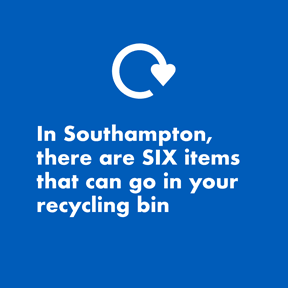Energy meters and bills
Your energy meters, or your smart meter if you’ve got one, records how much energy you use and can be a helpful indicator of overall costs. Your energy supplier will need to know how much gas and electricity you’ve used in order to create your bill. If they don’t have this reading, they’ll base your bill on an estimate, which could mean you pay for more energy than you’ve used.
Types of energy meter
There are different types of energy meter: standard credit, variable rate credit and pre-payment.
A standard credit meter requires you to submit meter readings. Your energy supplier may estimate how much energy you use, so you may end up paying for more energy than you use if you use if you are set up on estimated billing. Amend estimated bills by providing your supplier with an actual meter reading.
Variable or off-peak electricity credit meters record different tariffs at different times of the day or night. Electricity during the night is usually cheaper than during the day. Economy 7 is the most common type of variable rate credit meter. The standing charge for an economy 7 meter is usually higher than that for a standard credit meter – you should contact your supplier if you are unsure of your standing charge as this varies from supplier to supplier.
There are many types of prepayment meters including card and key meters. Some prepayment meters can operate with Economy 7 and other variable rate tariffs.
How to read your bill page
Here’s an overview of what you can expect to see on your energy bills.
Gas and electricity
The basic items included on your bill are:
- Name, address, customer reference number, bill date and basic information
- Current tariffs, contract date and exit fees
- Tariff comparison rates
- Billing date period, current usage projected usage
- Supplier’s details
- Amount due (breakdown with & without VAT)
What to look out for:
- If your account is marked in credit or debit for each fuel – if you are lopsided in credit or debit you may want to contact your supplier and ask them to recalculate your average usage
- Your tariff and personal projection – if you’re expecting a change in personal circumstances you may want to let your energy supplier know so they can update your projections
- Billing period – watch out for any unexpected spikes
- If you are paying monthly or quarterly – if you are paying a standard direct debit monthly, this could mean you’ll save aside money for the colder months
- When your contract ends – your supplier should contact you before your contract ends to give you options on what to do next. You will need to switch to a new fixed rate tariff as after your current tariff period ends you will be put on a standard variable rate tariff, which can be a lot more expensive
How much you owe is broken into a standing charge and your cost of energy per unit (‘unit rate’). This is the rate that your energy supplier sells you energy at and is measured in pence per kilowatt hours (kWh).
A standing charge will be on all tariffs. This charge is placed on your bill for the maintenance of your meter.
Dual tariff
Suitable for those with both electricity and a gas supply. Most suppliers offer a discount if you are on a dual tariff. It’s best to check that this is still a cheaper option for you than having a separate supplier for each.


